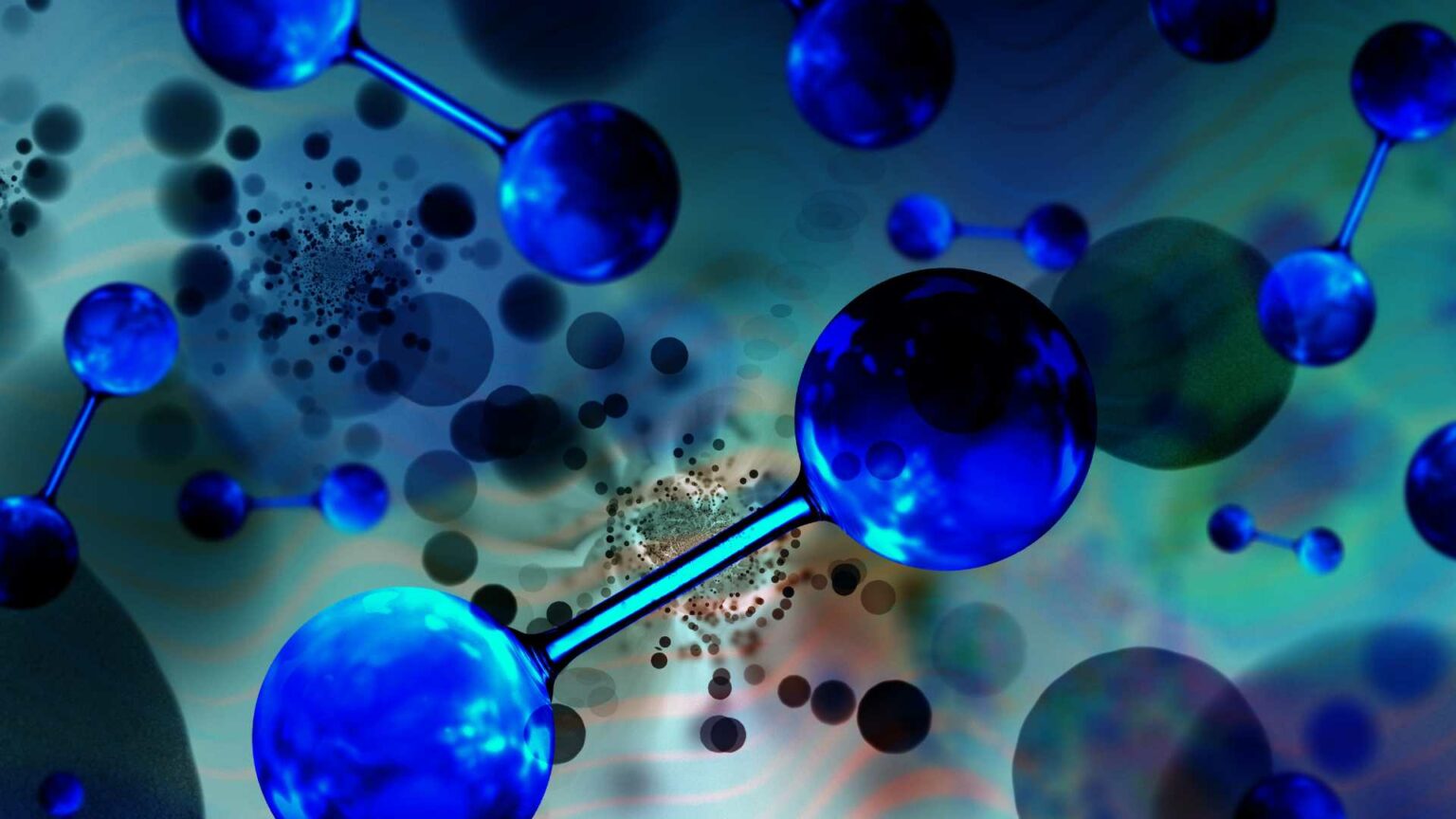The exploration of metal sulfides as catalysts in the domain of photocatalytic water splitting offers significant potential for hydrogen production, aligning with the global initiatives towards sustainable energy solutions.
The process of photocatalytic water splitting leverages solar energy, a parameter of abundant global capacity, untapped by traditional methodologies reliant on fossil fuels. Currently, it is estimated that only around 4% of our hydrogen is produced via renewable methods, indicating a substantial opportunity for innovations in photocatalysts to enhance efficiency and reduce reliance on carbon-intensive energy sources.
Metal sulfides, such as ZnS, CdS, and MoS₂, stand out due to their unique structural and optical properties that make them suitable candidates for this purpose. These materials exhibit tunable morphologies and band structures, which are crucial in manipulating their interaction with solar radiation. By engineering these bandgaps—ideally within the range of 1.9 to 2.3 eV—a more efficient absorption of sunlight can be achieved, leading to increased rates of hydrogen production. This intricate manipulation requires precision in synthesis techniques, a focus of recent research efforts to improve material performance.
Simultaneously, advanced characterization techniques such as X-ray diffraction (XRD), scanning electron microscopy (SEM), transmission electron microscopy (TEM), UV-visible diffuse reflectance spectroscopy (UV-DRS), and X-ray photoelectron spectroscopy (XPS) play a critical role in evaluating the structural integrity and optical behaviors of these photocatalysts. Through these methods, researchers can gain insights into the alignment of the crystallinity, particle size, and even electronic structure—each parameter influencing the overall efficiency of hydrogen production catalysis.
A pressing challenge remains in enhancing the stability and longevity of metal sulfide photocatalysts, which are prone to degradation under prolonged exposure to light and reactive species generated in the water-splitting process. Current strategies are exploring composite material systems that incorporate metal sulfides into heterostructures with other semiconductors, aiming to create more robust hybrid systems with improved electron-hole pair separation.
Moreover, the economic feasibility of using metal sulfide-based photocatalysts compared to prevalent, non-renewable methodologies must be addressed. While the initial cost of semiconductor materials and the synthesis processes can be considerable, the long-term benefits of using a practically inexhaustible energy source like solar power present compelling arguments for their broader employment. Future industry trends are likely to explore economies of scale in production and deployment, potentially reducing costs and making these technologies more accessible in large-scale applications.





